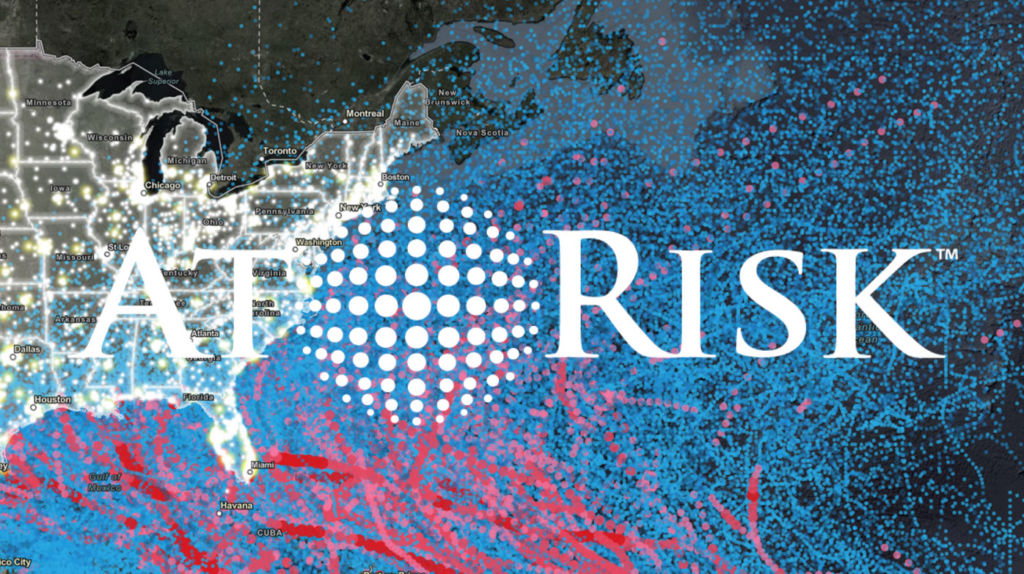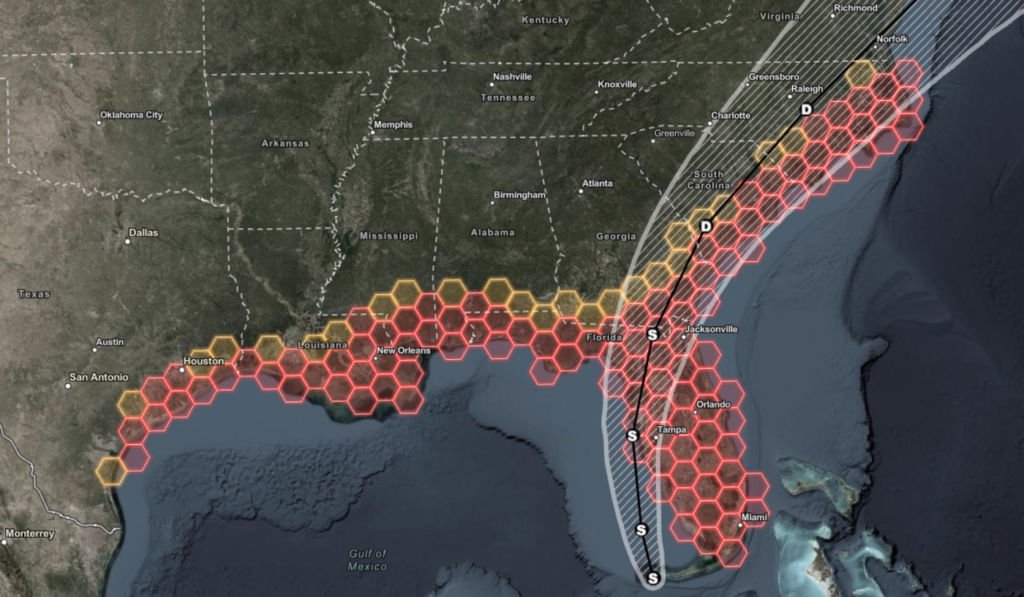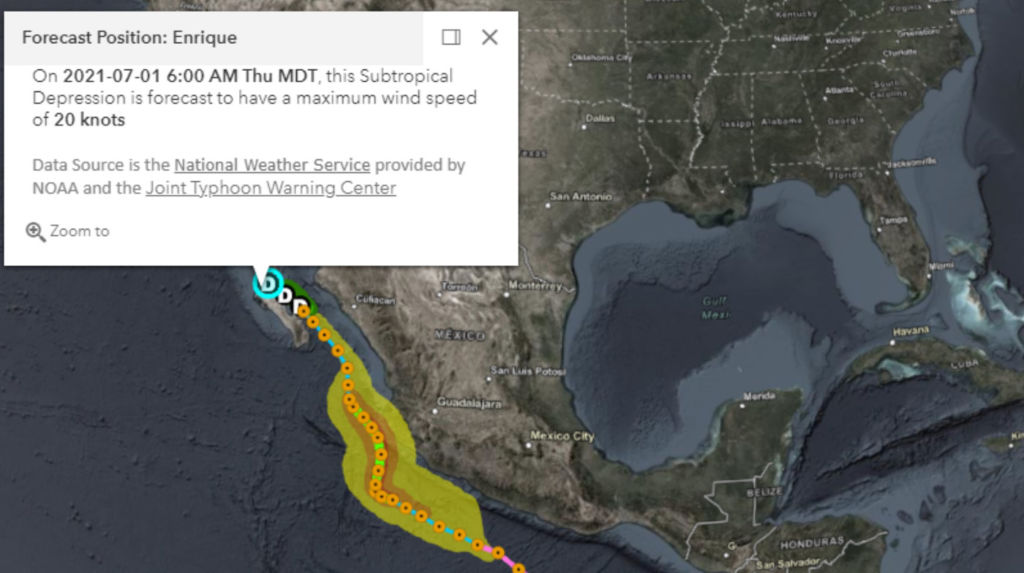
The 2021 hurricane season is underway, and the National Oceanic and Atmospheric Administration (NOAA) is forecasting an above-normal Atlantic hurricane season. NOAA predicts 13 to 20 named storms in the Atlantic, with six to ten of those developing into hurricanes and three to five of those likely to be Category 3-5 (winds of 111 mph or higher). While an above-average season is predicted for the Atlantic, the Eastern and Central Pacific are likely to have below or near-normal seasons. As a result, a repeat of the record level of storm activity seen in 2020 is not anticipated. However, it is still an excellent time to review your hurricane intelligence requirements and sources of information, ahead of the peak activity in late August through September.


In preparation for this year’s hurricane season, we analyzed NOAA’s Historical Hurricane Track Database, which contains data on hurricanes and tropical storms dating back to 1832. We used this data to identify the United States regions exposed to the most significant risk from hurricanes during any given year, weighting our analysis by windspeed or storm strength. Unsurprisingly, our model predicted with ≥95% confidence that Florida and Louisiana and the coastal regions of Texas and the Carolinas have the highest likelihood of being impacted by storm events in any given year. These results are supported by the forecasted trajectory of Hurricane Elsa, which will impact Florida, Georgia, and the Carolinas this week.
In another example, we incorporate real-time data feeds into an online geographic information system (GIS) application capturing weather-related hazards. This enables round-the-clock, real-time awareness and delivers a scalable platform for proactively assessing storm events’ trajectory and potential impact. When coupled with additional data relating to the location of organizational assets, the values of assets, number of employees by location, business criticality, and so forth, decision-makers can quickly be provided with estimates of exposure and impact, enabling leaders to more effectively and holistically assess the risk presented by any given storm event and act accordingly.

There are a variety of disaster management activities that can be driven forward by an intelligence function. Below is a non-exhaustive list of the possible ways intelligence teams can potentially support disaster management activities by phase, it should be noted that some of these examples can span multiple phases:
Preparedness
- Research and Analysis Support to Preparedness Activities
- Establishing Threat and Hazard Indicators and Early Warning Systems
- Proactive Monitoring of Identified Threats and Hazards
- Developing and Assuring Information and Intelligence Sharing Capabilities
- Identifying Company Assets and Their Tangible and Intangible Values to Operations
Mitigation
- Threat and Hazard Identification and Risk Assessment
- Identifying threats and hazards
- Providing analysis and context to identified threats and hazards
- Support to determining preparedness capability targets
Response
- Tactical, Operational, and Strategic Intelligence Support for Response Operations
- Providing intelligence input for conducting search and rescue
- Support to Damage Assessments
- Identifying the number of facilities, personnel, and other assets that have been damaged or destroyed
- Assessing damages to transportation infrastructure and supply chain impacts
- Information gathering on recovery efforts and monitoring public sentiment
- Monitoring of Public Perceptions Surrounding Disaster Response Activities
Recovery
- Support to Damage Assessments
- Identifying the number of facilities, personnel, and other assets that have been damaged or destroyed
- Assessing damages to transportation infrastructure and supply chain impacts
- Information gathering on recovery efforts and monitoring public sentiment
With the 2021 hurricane and tropical storm season underway, all potentially exposed organizations should actively consider how leveraging an intelligence function alongside more traditional preparedness and continuity activities can help better protect their assets this hurricane season. With this said, AT-RISK International stands ready to help you meet this objective.
By Nickolas Allen & Ross Hill






